Audi 2015 Annual Report Download - page 169
Download and view the complete annual report
Please find page 169 of the 2015 Audi annual report below. You can navigate through the pages in the report by either clicking on the pages listed below, or by using the keyword search tool below to find specific information within the annual report.-
 1
1 -
 2
2 -
 3
3 -
 4
4 -
 5
5 -
 6
6 -
 7
7 -
 8
8 -
 9
9 -
 10
10 -
 11
11 -
 12
12 -
 13
13 -
 14
14 -
 15
15 -
 16
16 -
 17
17 -
 18
18 -
 19
19 -
 20
20 -
 21
21 -
 22
22 -
 23
23 -
 24
24 -
 25
25 -
 26
26 -
 27
27 -
 28
28 -
 29
29 -
 30
30 -
 31
31 -
 32
32 -
 33
33 -
 34
34 -
 35
35 -
 36
36 -
 37
37 -
 38
38 -
 39
39 -
 40
40 -
 41
41 -
 42
42 -
 43
43 -
 44
44 -
 45
45 -
 46
46 -
 47
47 -
 48
48 -
 49
49 -
 50
50 -
 51
51 -
 52
52 -
 53
53 -
 54
54 -
 55
55 -
 56
56 -
 57
57 -
 58
58 -
 59
59 -
 60
60 -
 61
61 -
 62
62 -
 63
63 -
 64
64 -
 65
65 -
 66
66 -
 67
67 -
 68
68 -
 69
69 -
 70
70 -
 71
71 -
 72
72 -
 73
73 -
 74
74 -
 75
75 -
 76
76 -
 77
77 -
 78
78 -
 79
79 -
 80
80 -
 81
81 -
 82
82 -
 83
83 -
 84
84 -
 85
85 -
 86
86 -
 87
87 -
 88
88 -
 89
89 -
 90
90 -
 91
91 -
 92
92 -
 93
93 -
 94
94 -
 95
95 -
 96
96 -
 97
97 -
 98
98 -
 99
99 -
 100
100 -
 101
101 -
 102
102 -
 103
103 -
 104
104 -
 105
105 -
 106
106 -
 107
107 -
 108
108 -
 109
109 -
 110
110 -
 111
111 -
 112
112 -
 113
113 -
 114
114 -
 115
115 -
 116
116 -
 117
117 -
 118
118 -
 119
119 -
 120
120 -
 121
121 -
 122
122 -
 123
123 -
 124
124 -
 125
125 -
 126
126 -
 127
127 -
 128
128 -
 129
129 -
 130
130 -
 131
131 -
 132
132 -
 133
133 -
 134
134 -
 135
135 -
 136
136 -
 137
137 -
 138
138 -
 139
139 -
 140
140 -
 141
141 -
 142
142 -
 143
143 -
 144
144 -
 145
145 -
 146
146 -
 147
147 -
 148
148 -
 149
149 -
 150
150 -
 151
151 -
 152
152 -
 153
153 -
 154
154 -
 155
155 -
 156
156 -
 157
157 -
 158
158 -
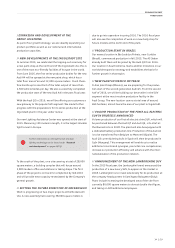 159
159 -
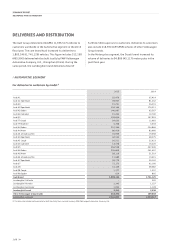 160
160 -
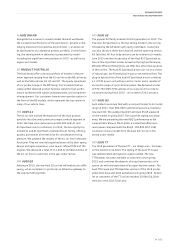 161
161 -
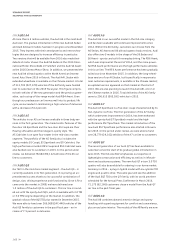 162
162 -
 163
163 -
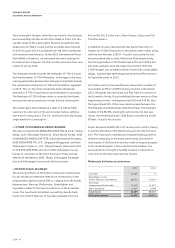 164
164 -
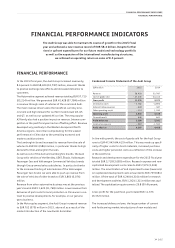 165
165 -
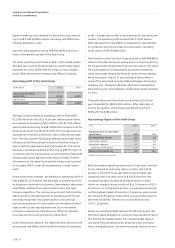 166
166 -
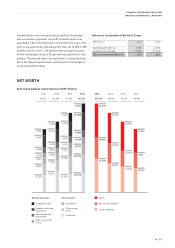 167
167 -
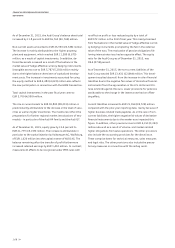 168
168 -
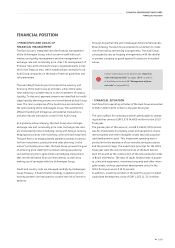 169
169 -
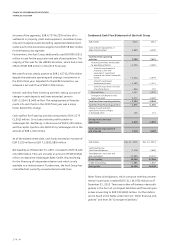 170
170 -
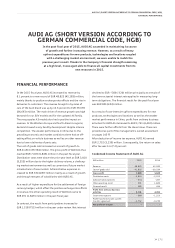 171
171 -
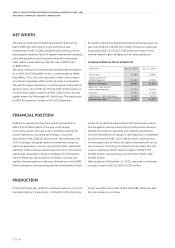 172
172 -
 173
173 -
 174
174 -
 175
175 -
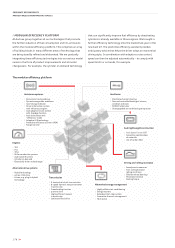 176
176 -
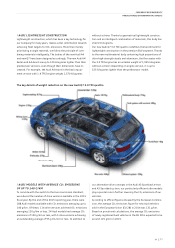 177
177 -
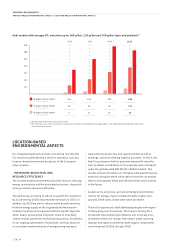 178
178 -
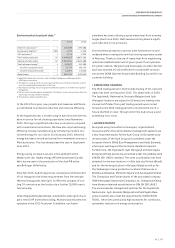 179
179 -
 180
180 -
 181
181 -
 182
182 -
 183
183 -
 184
184 -
 185
185 -
 186
186 -
 187
187 -
 188
188 -
 189
189 -
 190
190 -
 191
191 -
 192
192 -
 193
193 -
 194
194 -
 195
195 -
 196
196 -
 197
197 -
 198
198 -
 199
199 -
 200
200 -
 201
201 -
 202
202 -
 203
203 -
 204
204 -
 205
205 -
 206
206 -
 207
207 -
 208
208 -
 209
209 -
 210
210 -
 211
211 -
 212
212 -
 213
213 -
 214
214 -
 215
215 -
 216
216 -
 217
217 -
 218
218 -
 219
219 -
 220
220 -
 221
221 -
 222
222 -
 223
223 -
 224
224 -
 225
225 -
 226
226 -
 227
227 -
 228
228 -
 229
229 -
 230
230 -
 231
231 -
 232
232 -
 233
233 -
 234
234 -
 235
235 -
 236
236 -
 237
237 -
 238
238 -
 239
239 -
 240
240 -
 241
241 -
 242
242 -
 243
243 -
 244
244 -
 245
245 -
 246
246 -
 247
247 -
 248
248 -
 249
249 -
 250
250 -
 251
251 -
 252
252 -
 253
253 -
 254
254 -
 255
255 -
 256
256 -
 257
257 -
 258
258 -
 259
259 -
 260
260 -
 261
261 -
 262
262 -
 263
263 -
 264
264 -
 265
265 -
 266
266 -
 267
267 -
 268
268 -
 269
269 -
 270
270 -
 271
271 -
 272
272 -
 273
273 -
 274
274 -
 275
275 -
 276
276 -
 277
277 -
 278
278 -
 279
279 -
 280
280 -
 281
281 -
 282
282 -
 283
283 -
 284
284 -
 285
285 -
 286
286 -
 287
287 -
 288
288 -
 289
289 -
 290
290 -
 291
291 -
 292
292 -
 293
293 -
 294
294 -
 295
295 -
 296
296 -
 297
297 -
 298
298 -
 299
299 -
 300
300
 |
 |
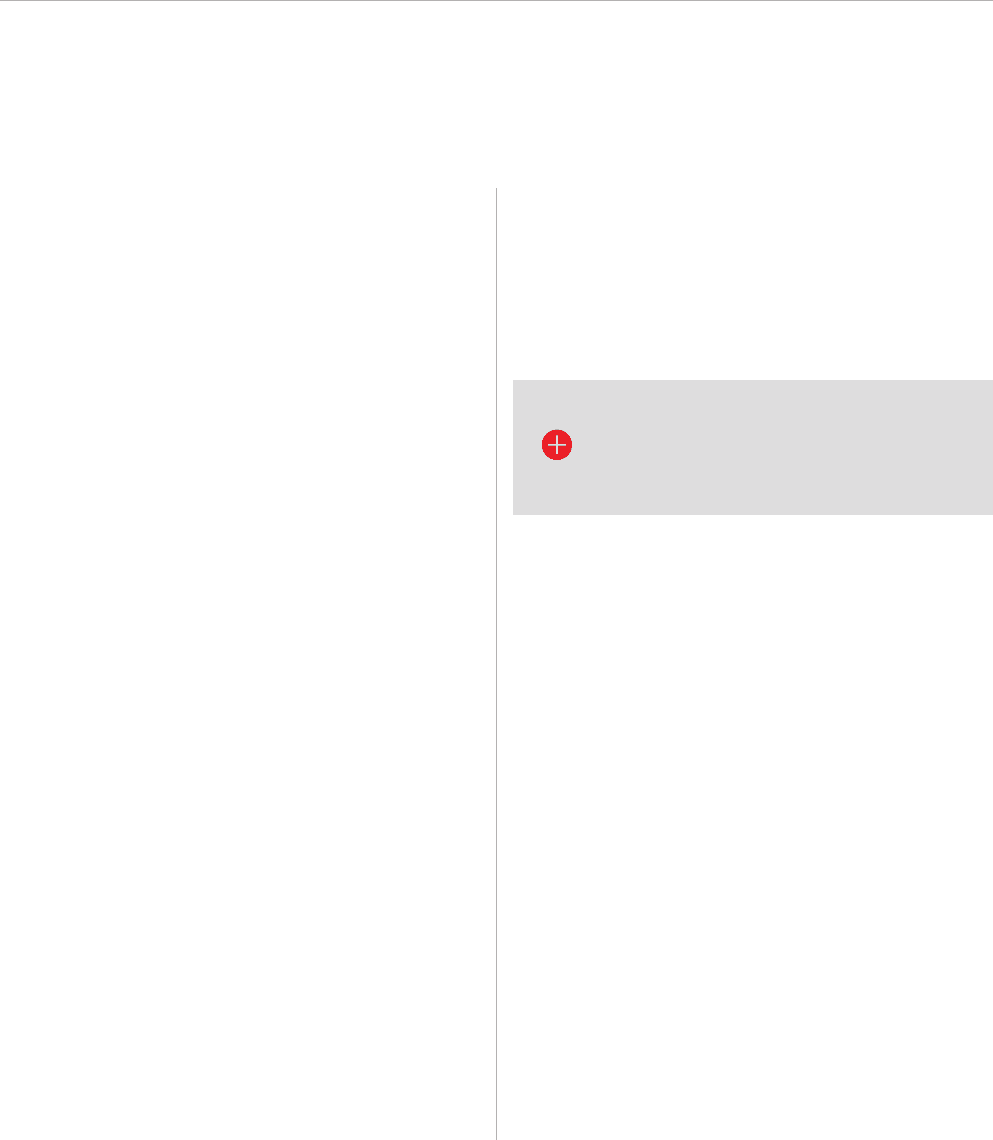
FINANCIAL PERFORMANCE INDICATORS
FINANCIAL POSITION
>> 169
FINANCIAL POSITION
/PRINCIPLES AND GOALS OF
FINANCIAL MANAGEMENT
The Audi Group is integrated into the financial management
of the Volkswagen Group, which concerns itself with such
matters as liquidity management and the management of
exchange rate and commodity price risks. The management of
financial risks within the Audi Group is organizationally a mat-
ter for the Treasury area, which handles these centrally for all
Audi Group companies on the basis of internal guidelines and
risk parameters.
The overriding financial goal is to ensure the solvency and
financing of the Audi Group at all times, while at the same
time achieving a suitable return on the investment of surplus
liquidity. To that end, payment streams are identified in a multi-
stage liquidity planning process and consolidated at Audi Group
level. The main companies of the Audi Group are included in
the cash pooling of the Volkswagen Group. This permits the
efficient handling of intragroup and external transactions,
and also reduces transaction costs for the Audi Group.
As a globally active company, the Audi Group also manages
exchange rate and commodity price risks. Exchange rate risks
are minimized by natural hedging, along with foreign currency
hedging transactions with matching currencies and maturities.
The goal here is to hedge planned payment streams in particu-
lar from investment, production and sales planning. In the
area of commodity price risks, the Audi Group pursues the goal
of achieving price stability for product costing purposes by
concluding long-term agreements and hedging transactions
that involve derivative financial instruments, as well as by
making use of synergies with the Volkswagen Group.
Credit and country risks are managed centrally by Volkswagen
Group Treasury. A diversification strategy is applied and con-
tracting partners are evaluated to counter the risk of losses or
defaults.
Through its partnership with Volkswagen Financial Services AG,
Braunschweig, the Audi Group enables its customers to make
use of borrowing and leasing arrangements. The Audi Group
consequently sets up hedging arrangements with the retailer
or partner company to guard against fluctuations in residual
values.
Further information can be found in the “Report on
risks and opportunities” on pages 189 ff. as well as
in the Notes under item 36 “Management of finan-
cial risks” on pages 267 ff.
/FINANCIAL SITUATION
Cash flow from operating activities of the Audi Group amounted
to EUR 7,203 (7,421) million in the past fiscal year.
The cash outflow for investing activities attributable to operat-
ing activities came to EUR 5,576 (4,450) million for the 2015
fiscal year.
The greater part of this amount, or EUR 3,534 (2,979) million,
was for investments in property, plant and equipment, invest-
ment property and other intangible assets (excluding capital-
ized development costs). This investment spending was in
particular for the expansion of our manufacturing structures
and the product range. The investment priorities for the 2015
fiscal year were the new model versions of the Audi A4 and
Audi Q7 as well as the construction of the new production sites
in Brazil and Mexico. The ratio of capex (investments in proper-
ty, plant and equipment, investment property and other intan-
gible assets, without capitalized development costs) in the
2015 fiscal year was 6.0 (5.5) percent.
In addition, investing activities in the past fiscal year included
capitalized development costs of EUR 1,262 (1,311) million.
